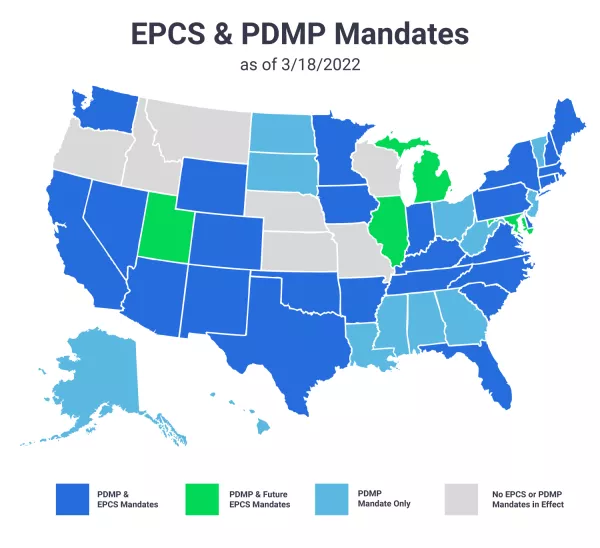

Learn More in the Knowledge Center


Benefit Overview
Overcoming Outdated RPMS Technology in Tribal and Urban Indian Health Centers
Read More


Benefit Overview
Gain Valuable Insights with Optimization Services
Read More


Infographic
Greenway Patient Connect Features & Quick Tips
Read More


Success Story
Tribal FQHC Meets Unique Healthcare Needs with Intergy EHR
Read More















